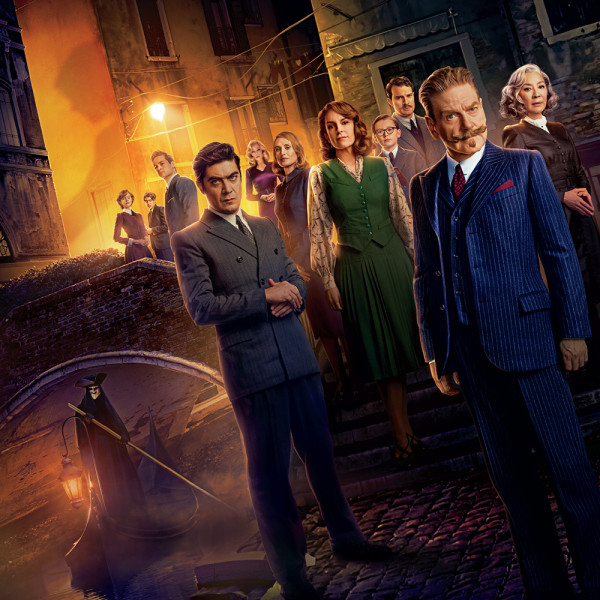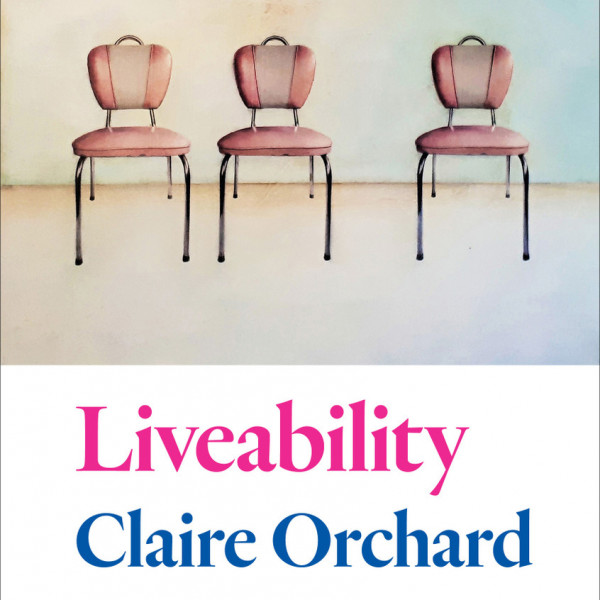
Here’s a Thing!
Presented by: New Zealand Improv Festival
BATS Theatre, 10th Oct 2023
Reviewed by: Madelaine Empson
Here’s a Thing! presents a hand-picked cast of directors from across the New Zealand Improv Festival to make improvised mayhem, magic, and madness together onstage.
The great thing about reviewing improv is that it’s not possible for me to drop any spoilers. It’s made up on the spot and no two shows can ever be the same. If it’s done by sharp, funny, agile performers who work as a team, it can be one of the best and most bizarre things you’ll ever see. A real communal experience, where everything is an inside joke between the cast and the audience.
That’s just what we have here. Together with Matt Powell and Jim Fishwick as hosts, performers Christine Brooks, Katherine Weaver, Bec Stubbing, Matt Armstrong, and Noelle Greenwood bring us the love story of a frog and a caterpillar, the fatal rivalry of a barbershop and a barbershop quartet, the jams of a heavy metal band called Clockwork Banana, Goldilocks and the great Porridgegate scandal, the journey of a blunt arrow across the French-English Channel into a king’s right eye in 1063, and other Things. Each director possesses an innate sense of comedic timing, cutting almost every scene at the perfect moment. Not too short, not too long, just right.
With Matt Hutton creating a live soundtrack on keys and D’ Woods as lighting operator, the most jaw-dropping scene sees Powell and Fishwick invent and perform a Shakespearean ballad about space exploration in real-time. Another highlight for me is when Brooks prompts the audience for a process that happens in nature and I call out “Photosynthesis!” without realising I don’t actually know what it means. When asked to elaborate, I stutter “Sun!” and “Plants!” before a kindly audience member comes to my rescue. What follows is exactly what you’d expect from a photosynthesis prompt: a scene set in a world where everything is good and right, where lattes no longer cost $15 and the patriarchy is dead. Ahh, the joys of improv.
Here’s a thing: if you want to laugh till your belly hurts, watch wizards weave worlds out of thin air, and be a part of something special, inimitable, then catch as many NZIF shows as you can.






















